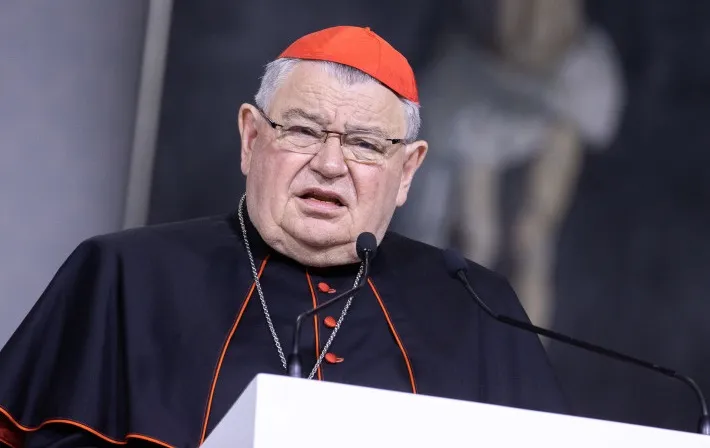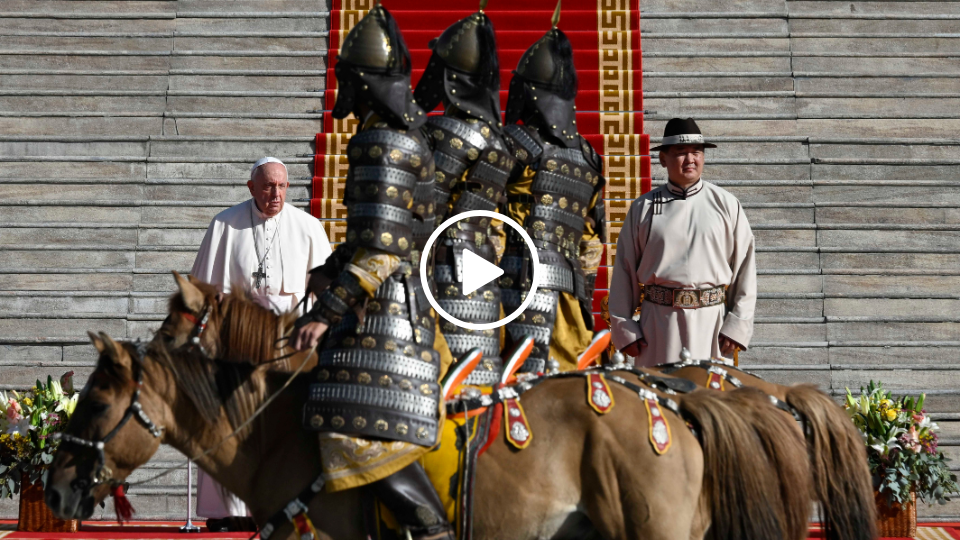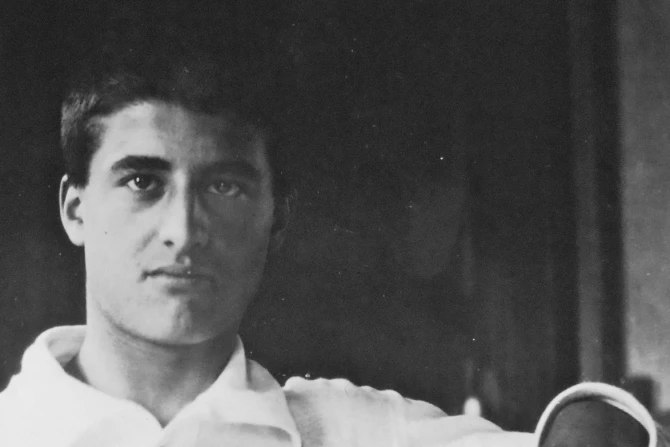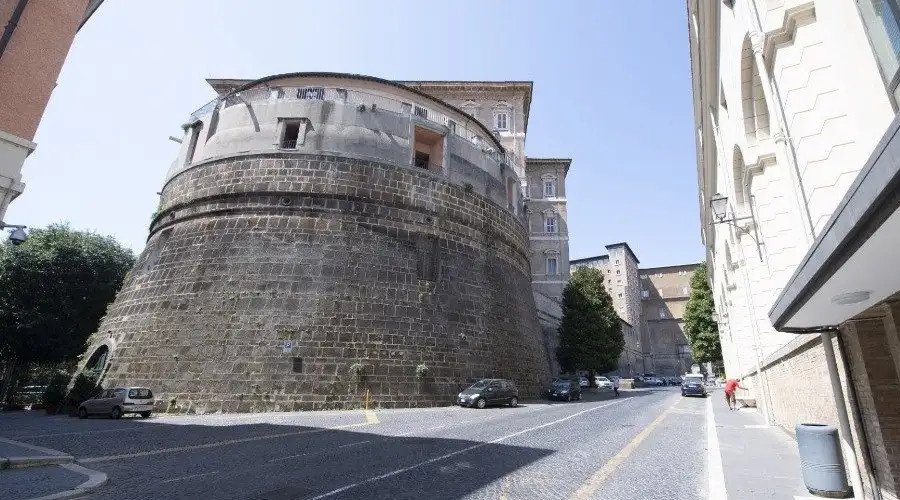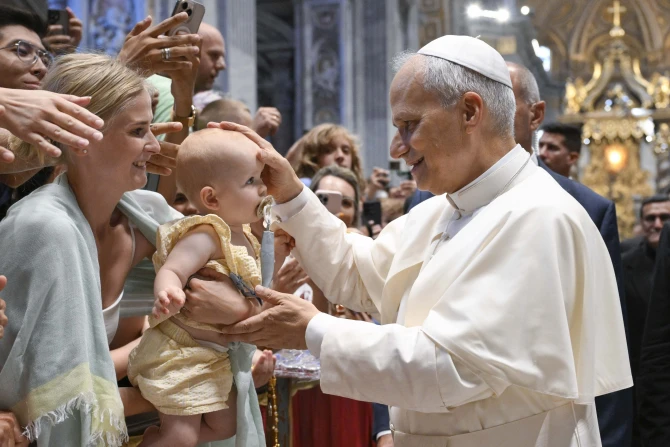A new book co-authored by theologian Fr. Giovanni Emidio Palaia and Antonia Salzano Acutis, mother of Saint Carlo Acutis, reveals never-before-seen insights and drawings by the young millennial saint—offering a glimpse into his spiritual life, devotion, and deep theological intuition.
A Leaf as a Metaphor for Life
Saint Carlo Acutis used to imagine life as a leaf—small and multi-colored. In his vision, the green represented hope, vitality, and the journey forward. The yellow suggested what comes after: sunset, the end, and ultimately, our eternal destiny.
This image is shared by Fr. Giovanni Emidio Palaia, writer, professor, and theologian, in a new book titled Spiritual Insights, published by Piemme.
Fr. Palaia explains:
“This book, obviously, is a book that required many years of work from me personally and from the mother of [Saint] Carlo Acutis, and his father, Mr. Andrea, also helped, and all the family took part, because I had the opportunity to meet almost all of Carlo’s schoolmates, the teachers, the relatives, and we tried to collect Carlo’s personal notes from the computer. Above all, the testimonies of the priests who accompanied him.”
Spiritual Exercises for Today
The volume gathers spiritual reflections and exercises Carlo either practiced or meditated on. Though often linked to retreats, these themes remain valuable even for short moments of daily prayer.
“In this book you can find the themes of spiritual exercises that are always valid, even if it is only a day of prayer—for example, the Ten Commandments. Because, as Saint Carlo Acutis used to say, we need not only to take care of the body, but the soul.”
Fr. Palaia continues:
“This volume in particular, compared with others, gathers various experiences, notes, annotations, testimonies, and drawings that Carlo produced in one of the most beautiful places in Christendom, which is La Verna, where Saint Francis received the stigmata. Carlo would go to La Verna for 15, 30 days; he would go to Mass twice [a day]. He read and meditated on the Word of God and had with him a booklet of the Spiritual Exercises of Saint Ignatius of Loyola, printed in Milan by the San Fedele Community. And he learned very early that just as we exercise the body and work hard to have a good physique, good health, we also have a spiritual organism, and we must learn to use it and to value it with the grace of God, the sacraments, the Word.”
A Drawing that Shines
One of the most moving elements of the book is an unpublished drawing by Carlo: the leaf metaphor he once used to describe life.
Fr. Palaia describes it:
“Carlo was asked to represent his life with an image, and he drew a leaf that is in some parts green. Green, as the book recalls, evokes life, evokes hope. We know—scientists tell us today—that we always tend to seek the color green; it is a color that reassures us. But yellow also appears on the leaf, which no longer recalls life but sunset, the end. What struck me immediately was that he had surrounded the leaf with almost a burst of rays, a light. That is, we, as human persons created in the image and likeness of God, shine if we are in the grace of God, if we are nourished by God.”
The Voice of Heaven: Carlo and Marian Apparitions
The final part of the book focuses on the words of the Blessed Virgin Mary during her apparitions, a subject that deeply moved Carlo.
“Carlo used to say: if Heaven has gone to the trouble and come down to earth, we must pay attention to it.”
Fr. Palaia recalls:
“Carlo was particularly fascinated by the apparitions of Fatima. And Carlo had understood that devotion to the Immaculate Heart of Mary has a very precise purpose; it is not only about receiving Communion on the five first Saturdays of the months, and then going to Confession, receiving Communion, and meditating on one mystery of the Rosary. Rather, he had intuited that by meditating on the mystery of the life of Christ and of Mary in the Rosary, one ends up falling in love with Mary.”
Adapted by Jacob Stein. Produced by Andrea Manna; Camera by Alberto Basile; Video Edited by Andrea Manna; Special thanks & Credits to Fr. Giovanni Emidio Palaia


